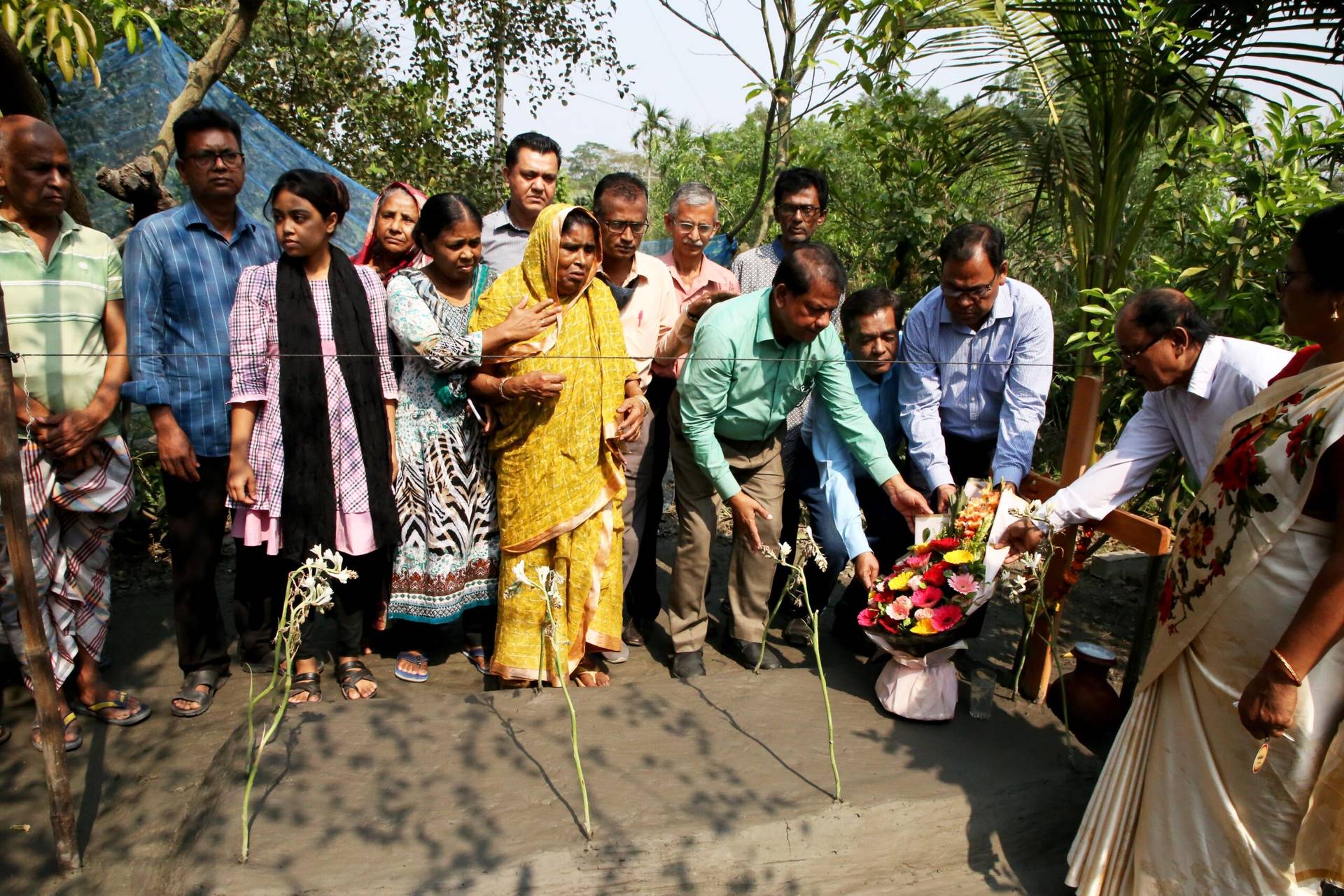It’s a step back for parishes in the Netherlands. All churches in the country were closed from March until June, but restrictions were partly lifted in June and since July a maximum of 100 people – and even more in larger churches – was allowed again.
But as COVID-19 cases rose again in the Netherlands, the Dutch bishops decided two weeks ago to follow the government’s coronavirus prevention guidance and allow a maximum of thirty people at Mass. They also urged churchgoers to wear a mask the entire time, only taking it off during Communion, even though mask wearing in public spaces is only advised, and not mandated, in the country.
Although the COVID-protocol has seemed to work well up until now in the Netherlands – according to government figures only in 0.3 percent of cases infections can be traced back to church gatherings – and freedom of religion guarantees mean that the government can only request Churches to follow the country’s regulations, parish priests and volunteers are for the most part complying with the new set of rules, although they are struggling with what this means for the spiritual wellbeing of their parishioners.
Most parishioners understand the Church wants to do its part in defeating COVID-19, said Father Dieter Hedebouw from a parish in the south of the Netherlands.
Yet, many of them are not at all happy with it.
“I understand people don’t really like it. Some of them are really upset about it too,” the priest said.
Hedebouw noted that by limiting the number of churchgoers, some parishioners are losing the habit of attending church altogether.
“People like to attend Mass every week at a certain time and place, and at the moment that’s not possible. As a parish we regret the new regulations, because we fear people are getting fed up with it and are deciding to stay home completely. But it is what it is, and we cannot change things,” he said.
His parish has taken up the old protocol which was put in place in the month of June, when the limit was also 30 people.
“We benefit from the fact that a protocol was put in place at that time. Now, we don’t have to come up with a new one, but just go back to June, as it were. It’s still a lot of work, but less so than in June,” Hedebouw said.
Nevertheless, the new restrictions are a burden for the parish office, as people again have to reserve their spot in advance.
“All names have to be written down and passed on to the volunteers that welcome the people at Mass. Our office receives a lot more phone calls and emails than usual,” the priest continued.
When the maximum number of thirty at Sunday Mass is reached, the parish tries to direct people to other Masses in the area.
“Sometimes we also direct them to our weekday Masses. You try to offer an alternative,” Hedebouw explained.
Despite all these efforts, people are still missing out, says the parish priest, as they can no longer go to Mass when they want to or sit in their usual spot.
“This is especially difficult for the elderly. Parishioners who are less mobile and cannot come to Sunday Mass because we have a full house already, do not just go to a church in another village. We try to take this into account, but it doesn’t always work out. Especially if people call at the last minute,” said the priest.
In the northern diocese of Groningen-Leeuwarden, Father Bert van der Wal saw what was coming and decided not to await the decision of the bishops.
The parish decided early on to go back to a maximum of thirty people at Mass, although “reluctantly”, says Van der Wal.
“Our parish volunteers just picked up where they left in June. We also took up the live streaming of Masses again.”
However, it’s not as easy as it sounds, he said.
“It’s not an ideal situation for a parish community. You built up something and all of a sudden, it’s being taken apart. It sounds easy, but it all has to be done,” the priest said.
He regrets that there is no room for tailormade solutions in much larger churches, where more than thirty people can easily be accommodated, while still adhering to the new restrictions.
“Given the space, our church building could accommodate just over a hundred people,” he explained.
Van der Wal also notes that the number of churchgoers is declining, now that people have to register again to attend Mass. That is in line with recent research of the Dutch Catholic newspaper Katholiek Nieuwsblad, which showed that the number of churchgoers in Dutch parishes has decreased by about 25 percent as a result of the coronavirus crisis.
According to Van der Wal, most parishioners understand that they must adhere to the new regulations.
“They also recognize that COVID-19 is a real problem. Although I notice some people see things differently. And then there are people who don’t attend Mass, because they think it is too dangerous. You see that people handle the current situation very differently.”
This article was translated for Crux by Susanne Kurstjens-van den Berk.
















